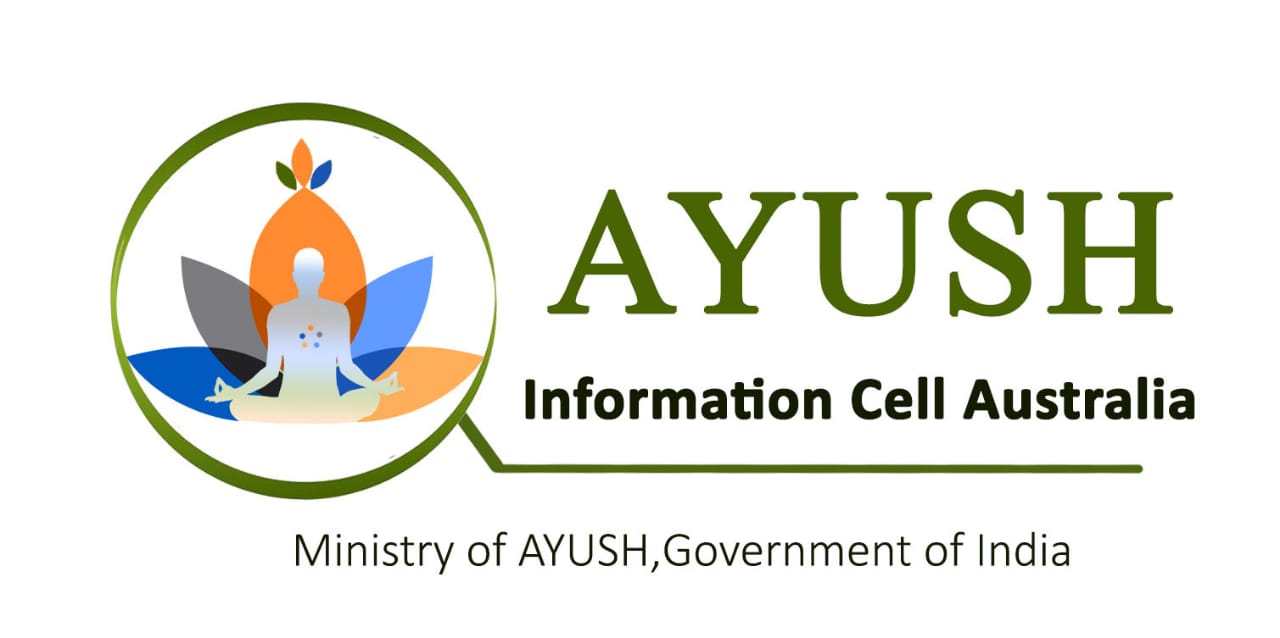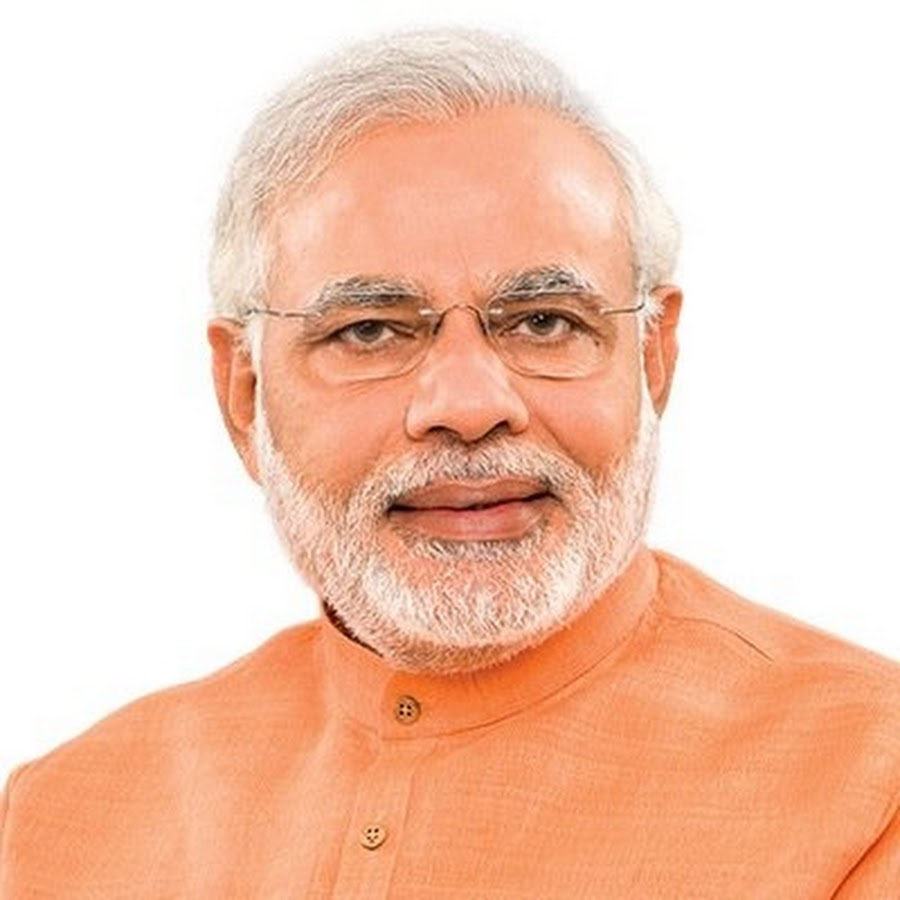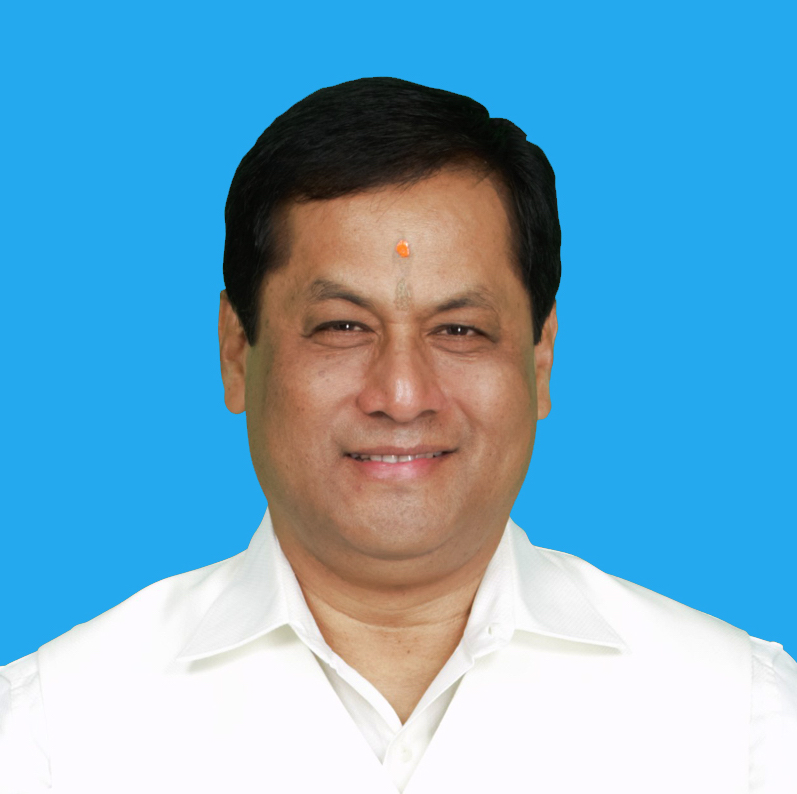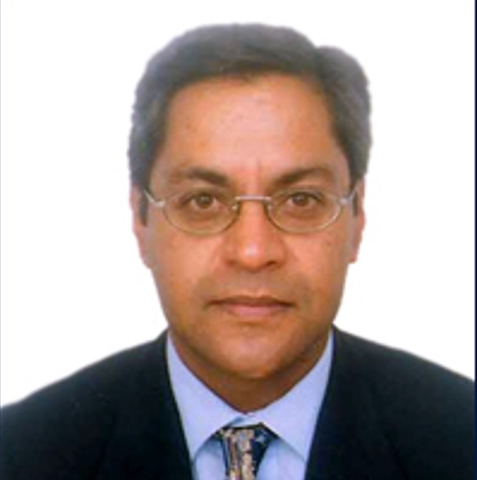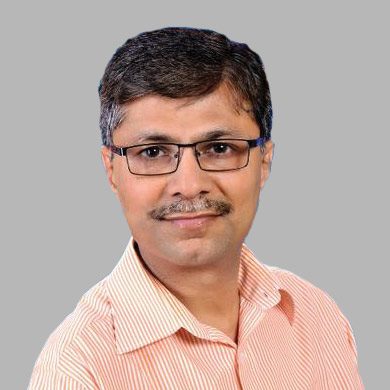समदोषः समाग्निश्च समधातुमलक्रियाः।
प्रसन्नात्मेन्द्रियमनः स्वस्थ इत्यभिधीयते ॥ – २५–५१, सूत्रस्थानम्, सुश्रुतसंहिता
Ayur (life) and Veda (knowledge)
Ayurveda is a form of alternative medicine that is the traditional system of medicine of India over 5,000 years and seeks to treat and integrate body, mind, and spirit using a comprehensive holistic approach especially by emphasizing diet, herbal remedies, exercise, meditation, breathing, and physical therapy.

According to ayurveda, the five elements of nature (space, air, fire, water and earth) combine in the body as three basic energies or Doshas (vatta, pitta and kapha)- relate closely to specific functions of the body, seven basic tissues (Rasa, Rakta, Mansa, Meda, Asthi, Majja & Shukra) and the waste products of the body i.e. mala, mutra and sweda. Thus the total body matrix comprises of the humors, the tissues and the waste products of the body.
Ayurveda encompasses many concepts. It would require extensive study to discuss and understand them all. However, three concepts are so essential that you need to know them in order to be able to really comprehend Ayurveda:
- Gunas (qualities)
- Dravyas (matter)
- Doshas (movement or activity)
Diagnostic procedures in Ayurveda are two pronged;
One is aimed to establish the state and type of pathology and
Second to decide the mode of treatment tobe applied. The former implies examination of the patient and make different investigations to diagnose the disease entity.
Inspection, palpation, percussion and interrogation are the main modes of physical examination. The second type of examination is to assess the strength and physical status of the individual so that accordingly the type of management required could be planned.
For this examination of Prakriti (Body constitution), Saar (Tissue quality), Samhnan (physique), Satva (Mental strength), Satamya (specific adaptability), Aaharshakti (diet intake capacity), Vyayaam shakti (exercise capacity) and Vaya (age) is done. On the basis of this examination the individual is decided to be having Pravar bal (excellent strength), Madhyam Bal (moderate strength) or Heen Bal (low strength).
Sodhana Chikitsa (Purification Therapy)
Shamana Chikitsa (Alleviating Therapy)
Also diseases can be diagnosed in either eight steps or ten steps
Sodhana Chikitsa: involves the removal of toxic by-products formed in the body through various therapeutic procedures. By undergoing the five procedures involved in the therapy, known as Pancha Karma, the normal tone is brought back to the system and a balance is attained.
- Vamana (Emesis Therapy)
- Virechana (Purgation Therapy)
- Nasyam (Nasal Medication)
- Vasthy (Medicated enema therapy)
- Rakthamoksham (Bloodletting therapy)
Shamana Chikitsa: This therapy is done after Sodhana Chikilsa and involves the usage of herbal medicines, both externally and internally and thus restoring normality without elimination.
Ayurveda has developed a very vivid analytical description of the stages and events that take place since the causative factors commence to operate till the final manifestation of disease. This gives this system an additional advantage of knowing that possible onset of disease much before the latent symptoms become apparent. This very much enhances the preventive role of this system of medicine by making it possible to take proper and effective steps in advance, to arrest further progress in pathogenesis or to take suitable therapeutic measures to curb the disease in its earliest stage of onset.
Shatkriyakala: the choice to treatment (medicine, food and daily-routine)
The term Kriyakala refers to the recognition of the stage of a disease’s progress, which helps to determine appropriate measure to correct the imbalance in Doshas (biological factors).
- Sanchaya (Natural accumulation of Doshas)
- Prakopa (More accumulation)
- Prasara (Overflow level)
- Sthanasamsraya (Stage of disease augmentation)
- Vyakti (Stage of symptom manifestation)
- Bheda (Stage of complications)
Shat Kriyakala permit the Ayurvedic practitioner to detect and treat illness at the earliest stages, long before permanent damage is done. Even in the later stages, however, it is often still possible for Ayurvedic treatment (Panchakarma)to reverse the course of the disease and provide relief.
An Ayurvedic diet is an eating plan that provides guidelines for when you eat, what you eat, and how you eat to boost your health, prevent or manage disease, and maintain wellness. If you follow an Ayurvedic diet, you’ll eat primarily whole or minimally processed foods and practice mindful eating rituals.
The diet is based on Indian Ayurvedic wellness systems that date back thousands of years. Some studies have shown that Ayurvedic lifestyle practices—including the diet—can help improve your health.
How it works:
If you follow an Ayurvedic diet, you’ll incorporate many different practices into your eating routine. These practices help you to benefit from the different qualities of food.
One of the primary characteristics of an Ayurvedic diet is that you eat according to your dominant constitutional type or dosha.
To recapitulate Ayurveda brings:
